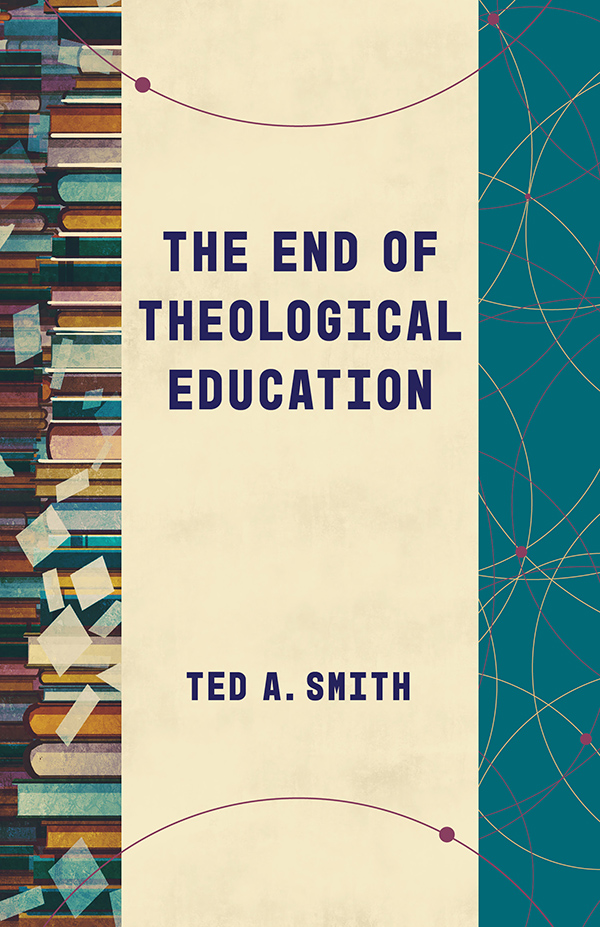Sometimes, when we tell our story to others, we learn about ourselves.
This was driven home to me when I was part of The Lexington Seminar: Theological Teaching for the Church’s Ministries, a project in which representatives of 44 seminaries and divinity schools wrote narratives about their institutions. As a consultant and facilitator, I saw first-hand the power of creating stories.
The stories were as diverse as the institutions. In one, a seminary president receives a letter from four alumni complaining the school is out of touch with the church. In another, a character observes: “We want someone who can walk on water, play the guitar, work 60 hours a week, keep up with publishing and start at a salary in the low 40s.” In a third tale, faculty struggle with teaching the tradition and forming diverse students in it.
During the seminar, representatives from each school wrote a three-page, fictionalized story of one situation teaching and learning in the life of that institution. These narratives -- which had titles, dialogue and characters -- were the cornerstone of each school’s two-year participation. It culminated in a week-long seminar in Maine, where colleagues from four other schools gathered.
Institutional leaders are swamped, and telling stories might seem like a task way down on the to-do list. But we found that once they began talking about the stories that haunt their hallways, the process generated its own energy. And it’s a process that could work for many institutions, not just seminaries.
Why write a story? First, stories, like poems, are rich vehicles for conveying multiple meanings.
One story, for example, was set in preaching class, where white, Anglo-Saxon “Wes,” encounters denominational and theological diversity for the first time.
“Months of hearing perspectives other than his own had a bracing effect on his thought,” the story says. He goes home over Christmas break and preaches a rousing sermon in the church that raised the money for his scholarship -- intended to debunk beliefs he now found “narrow-minded and naïve.”
The pastor calls the associate dean of the seminary in a huff. “I just have one question,” he says. “What do you people think you are doing over there at that school?”
The narrative raised key issues: How do faith and reason interact? Does our theological diversity erode a sense of common ground and local orthodoxy? What is the relationship between seminaries and local churches?
At many schools, the stories prompted action. At “Wes’s” seminary, faculty members sat with nine students throughout their first year to listen to their experiences. Then the entire faculty went on retreat to write and talk about the goals of the M.Div.
The process itself was instructive. In one of many “aha” moments, six faculty members talked about how to write a story about their school. They agreed they needed to build community, but it was tough with two-hour commutes, commitments to guilds and service to the church.
They recalled the words of one professor: “We teach our classes and then get in our cars and drive home.”
“We are a community in diaspora!” they realized. The lesson: Before they could form students, they needed to form the faculty.
Stories can also bridge the gap between people who see only how they are different. The imaginative ground the stories provide eased tensions, allowing educators from different institutions to learn from each other.
At one gathering, a large, financially thriving school and a small, struggling one found common ground. “But those are our students! Those are our administrative issues! Those are our time constraints!”
Stories help clarify where we have been and also where we want to go. The narratives were not meant to be vehicles for lament, but a means to find hope. Many schools use them to prompt conversation between faculty, staff, trustees and alumni; to provide incoming students with a window into the school; and even to interview prospective dean candidates.
In one story, a professor sends an angry email to a colleague after a faculty meeting. He complains, “Getting this seminary to do anything new is like getting a supertanker to change course. Nothing around here ever happens without at least a dozen people pushing with all their might to overcome the inertia of 135 years of history!” He goes on to name names and complain mightily about the new strategic plan. As soon as he lifts his finger from the mouse, he realizes that he has “launched his half-thought-out missive to the whole community -- faculty, staff, and students.”
The next morning there are 43 emails in his inbox. But what started as a blooper becomes a productive discussion. “Wittingly or unwittingly,” reflects a colleague, “in one keystroke you communicated with everyone at the seminary.”
These are rich texts for seeing and communicating the ways in which God moves in Christian communities. Even without a formal structure such as The Lexington Seminar, it’s possible to tell the stories that reflect God's presence in your life together.
Ask yourself: What stories do we need to tell?
The Lexington Seminar was sponsored by Lilly Endowment Inc., and Lexington Theological Seminary. To learn more about it and to read the stories, go to http://www.lexingtonseminar.org/












